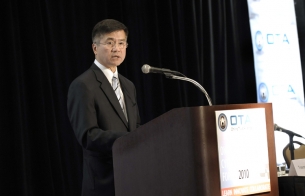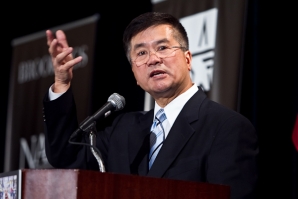 U.S. Commerce Secretary Gary Locke was in Seattle today speaking with small- and medium-sized businesses about exports and the economy.
Afterwards he delivered the keynote address at the annual meeting of the Greater Seattle Chamber of Commerce.
U.S. Commerce Secretary Gary Locke was in Seattle today speaking with small- and medium-sized businesses about exports and the economy.
Afterwards he delivered the keynote address at the annual meeting of the Greater Seattle Chamber of Commerce.
Secretary Locke discussed the
progress made and the next steps
for President Obama's National Export Initiative (NEI). He also
addressed how it is helping to lay the groundwork for sustainable
economic growth in Washington state, the nation's most trade-dependent state,
and across the country. His
remarks today are only one day after he and his colleagues on the Export Promotion Cabinet delivered a detailed
report to the president laying out recommendations for
how to double U.S. exports.
“Yesterday, at the president’s newly-constituted Export Council –
chaired by Jim McNerny, CEO of Boeing – we announced that our renewed
focus on trade promotion has contributed to an 18 percent increase in
U.S. exports so far in 2010 over the same period last year.
-
U.S. exports of manufactured goods so far in 2010 have risen by 22 percent. U.S. agricultural exports this year are projected to be the second-highest amount ever, with a trade surplus of $30 billion.
These increases are having an impact on the economy: Exports contributed to GDP growth for just as much as domestic consumption in each of the four quarters of recovery."
Exports growth is also impacting employment. Since January, Commerce’s Advocacy Center, in
close coordination with the State Department and other agencies, has
helped U.S. companies successfully compete for contracts with foreign
governments supporting an estimated $11.8 billion in U.S. content.
These deals alone support an estimated 70,000 jobs. “
Learn more about the National
Export Initiative and read Secretary Locke’s complete remarks. | Press release | NEI website
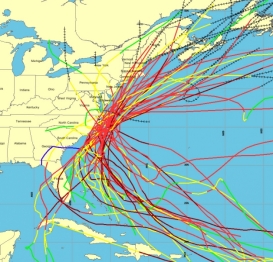 An updated NOAA website lets everyone from reporters to city planners
track local historical storm activity, review specific storm tracks and
obtain information about a particular storm’s landfall. NOAA’s Historical Hurricane Tracks
website and mapping application generates customized, downloadable
maps based on more than 150 years of Atlantic hurricane data.
An updated NOAA website lets everyone from reporters to city planners
track local historical storm activity, review specific storm tracks and
obtain information about a particular storm’s landfall. NOAA’s Historical Hurricane Tracks
website and mapping application generates customized, downloadable
maps based on more than 150 years of Atlantic hurricane data.

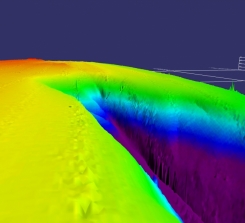
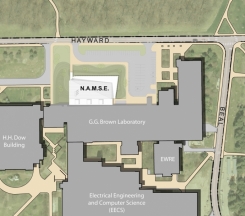
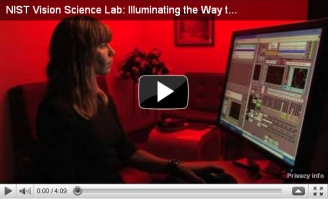
 Today U.S. Commerce Secretary Gary
Locke announced more than $1.7 million in grants to support projects that
increase U.S.
exports, create jobs and strengthen our global competitive edge. The
grants will be awarded to five non-profit industry organizations and are
expected to generate $265 million in U.S. exports.
Today U.S. Commerce Secretary Gary
Locke announced more than $1.7 million in grants to support projects that
increase U.S.
exports, create jobs and strengthen our global competitive edge. The
grants will be awarded to five non-profit industry organizations and are
expected to generate $265 million in U.S. exports. 